When it comes to the best smartphones around, Huawei handsets are always somewhere in the conversation: the Chinese tech giant has helped push forward mobile phone development in all kinds of ways, from camera optics to innovations in device design.
Here we're going to look back on some of the best Huawei phones we've seen over the past few years, many of which have become classics of their type. It's an interesting retrospective, and one that clearly shows the evolution of smartphones over time.
- Check out the best Android phones on the market
- All the best smartphones you can get right now
As you're probably aware, a trade ban in the US means that Huawei phones can't currently be sold with Google apps on them or with access to the Google Play Store – but Huawei is facing the challenge head on, just as its faced many other challenges over the years.
The history of Huawei phones goes back to 2010 and covers more than 230 handsets in total when you count all the variations and regional differences: for the sake of space, we'll start out recap in 2015 and stick to the flagship P series, Mate series, and X series phones.
Huawei P8 (2015)
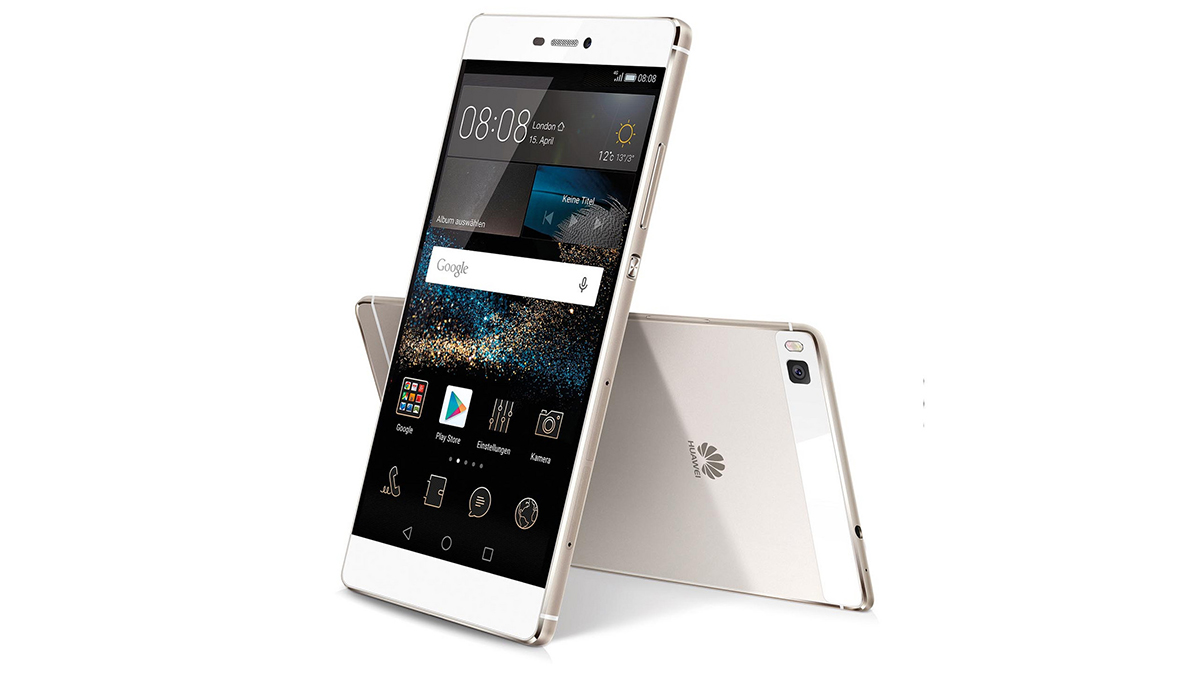
With the P8, Huawei dropped the Ascend name from its flagship line of phones, making the naming a bit easier to keep track of. Back in 2015 we liked a lot of what the Huawei P9 had to offer, giving it 4 out of 5 stars in our review.
The phone came running the Kirin 930 chipset made by Huawei itself, and that was paired with 3GB of RAM and up to 64GB of internal storage (a lot of space at the time). The rear camera was a single-lens 13MP affair, and software duties were handled by Android 5.0 Lollipop, with Huawei's Emotion UI on top.
In terms of size, the phone sported a 5.2-inch LCD screen, with a 1080 x 1920 pixel resolution. If you've got a long memory then you might also remember the cheaper Huawei P8 Lite and the more expensive Huawei P8 Max.
Huawei Mate 8 (2015)
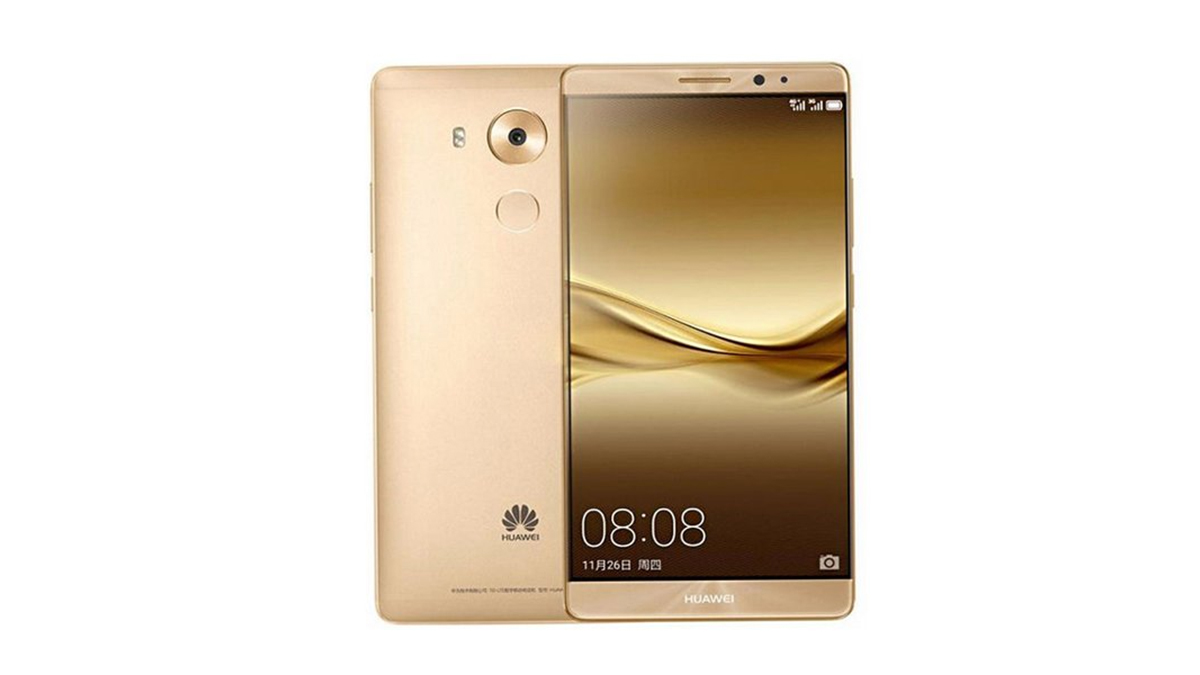
This was the year when the Huawei Mate series really got into its stride: the Huawei Mate 8 was a phone that scored 4 stars out of 5 in our review, and it set the template that these Mate phones would follow in the years afterwards.
First and foremost, that meant a bigger display – the Mate 8 came rocking a 6-inch, 1080 x 1920 pixel LCD screen, so it was significantly larger than the one on the P series handset from the same year. This was back in the day when the term "phablet" was still in use, and the Huawei Mate 8 earned it.
The device was powered by the Kirin 950 processor, and you could get it with up to 4GB of RAM and 64GB of internal storage. There was a single-lens 16MP rear camera, and Android 6.0 Marshmallow on board with the standard Huawei extras.
Huawei P9 (2016)
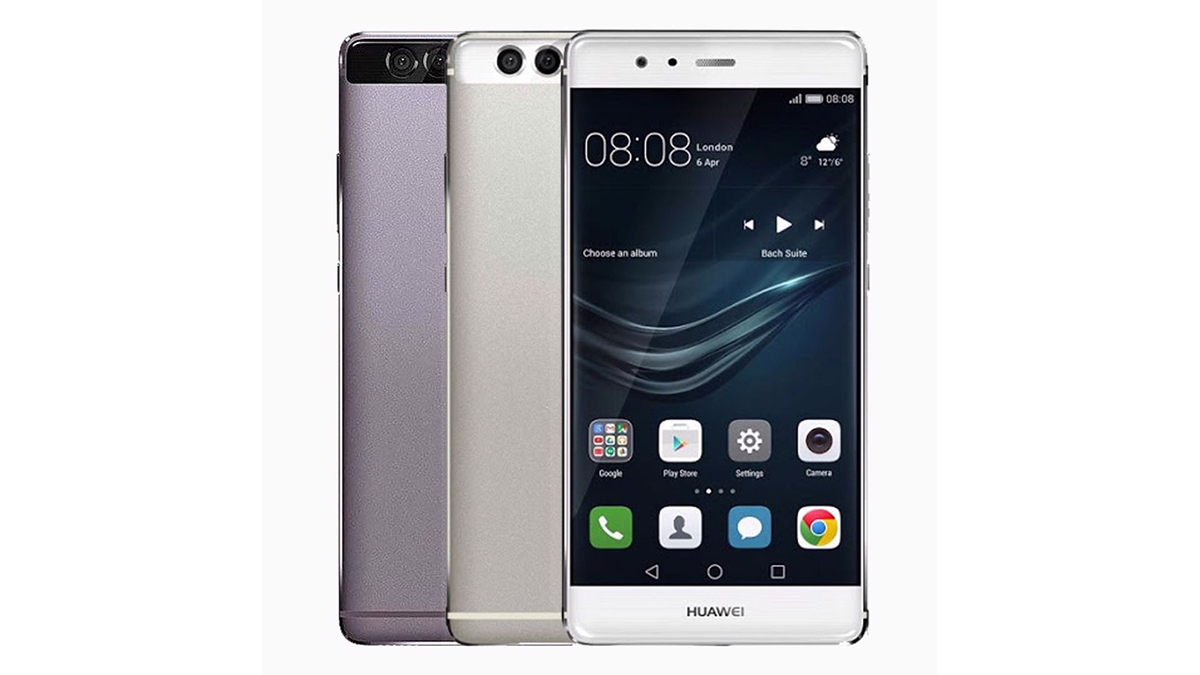
On to the Huawei P9, which kept a lot of the design cues of the P8 that preceded it, but upgraded the rear camera to a dual-lens 12MP + 12MP rear camera – the P9 was one of the first handsets to feature more than one rear camera, something which is now commonplace even on budget phones.
The LCD display stayed at 5.2 inches, and the display resolution stayed at 1080 x 1920 pixels. Under the hood there was a Kirin 955 processor, together with up to 4GB of RAM and up to 64GB of internal storage. The phone came with Android 6.0 Marshmallow on board, with the usual Huawei tweaks.
In our review, we called the P9 "another accomplished smartphone" from the Huawei production line, highlighting the "innovative camera setup" and acknowledging that there was "plenty of power under the hood" too – it got 4 stars out of 5. Lite, Lite Mini, and Plus versions were also available.
Huawei Mate 9 (2016)
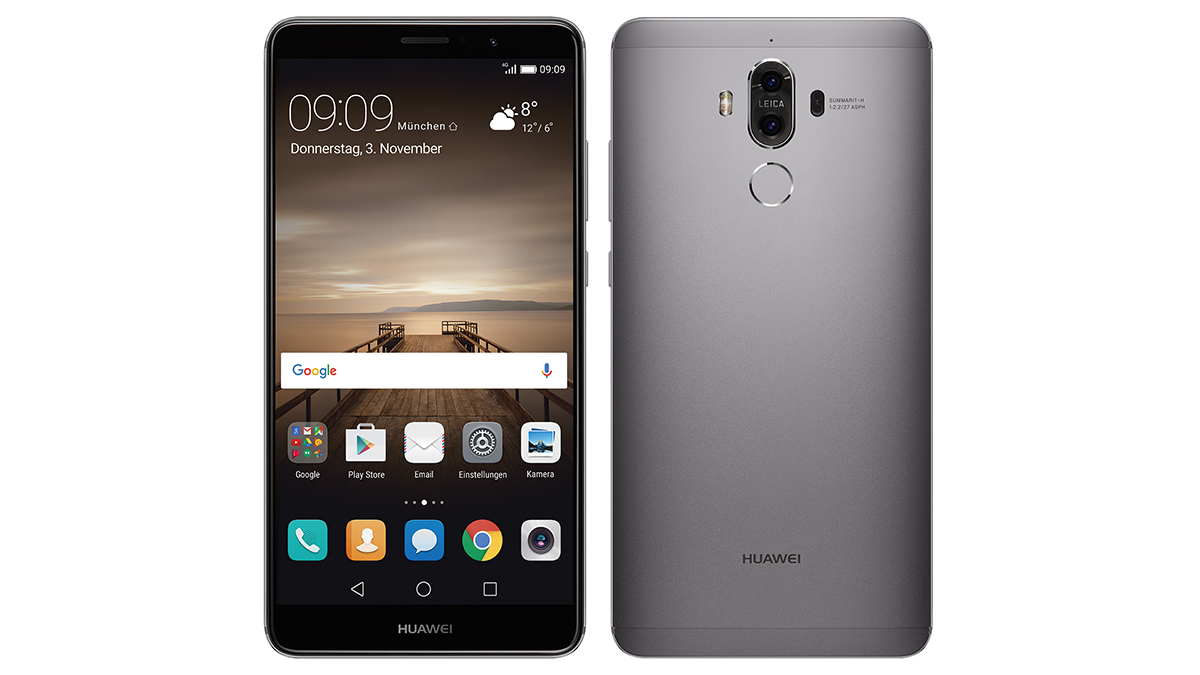
The Huawei Mate 9 was a phone that got just about everything right, including the design, the performance, and the camera. It was a sign of Huawei hitting its stride as a phone maker, especially outside of China, and we gave it 4 out of 5 stars in our review.
That review was very complimentary about the build quality of the phone. The 5.9-inch, 1080 x 1920 pixel LCD display was a touch smaller than the Mate 8 screen, and in terms of software the phone arrived with Huawei's own take on Android 7.0 Nougat on board.
The rest of the specs helped the phone to stand out from the contemporary pack: a Kirin 960 processor, 4GB of RAM, up to 64GB of storage, and a dual-lens 12MP+20MP rear camera on the back. There were other Mate 9s as well – a Lite, a Pro, and even a Porsche Design edition for the true collector.
Huawei P10 (2017)
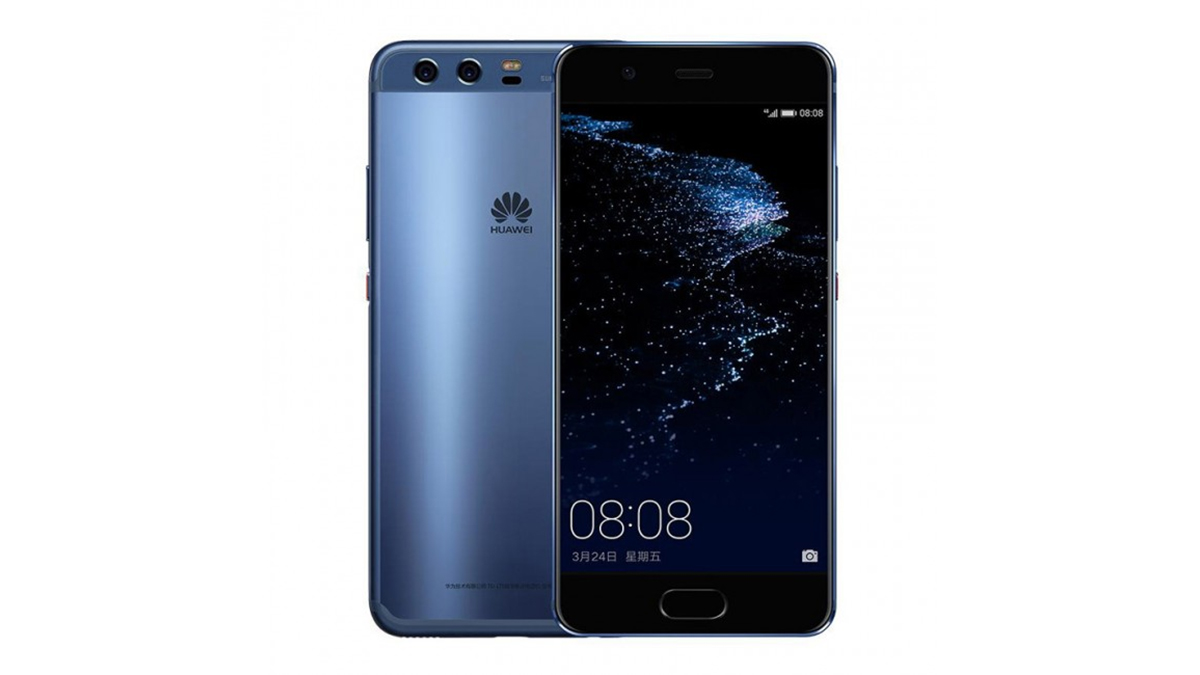
The Huawei P9 was followed by the Huawei P10, which arrived running the Kirin 960 processor, alongside 4GB of RAM and up to 128GB of storage. This phone made its debut with Android 7.0 Nougat on board, with Huawei's Emotion UI skin restyled as EMUI for the P10 handset.
In our review we had plenty of praise for the design of the camera, and the fingerprint sensor that doubled up as a gesture navigation control. The battery life wasn't quite as impressive though, and overall we awarded the phone 3.5 stars out of 5.
THe Huawei P10 came rocking a 5.1-inch, 1080 x 1920 LCD display, and again there was a dual-lens camera around the back of the handset: a 12MP+20MP rear camera. Besides the main P10 model, Lite and Plus versions were also available.
Huawei Mate 10 (2017)
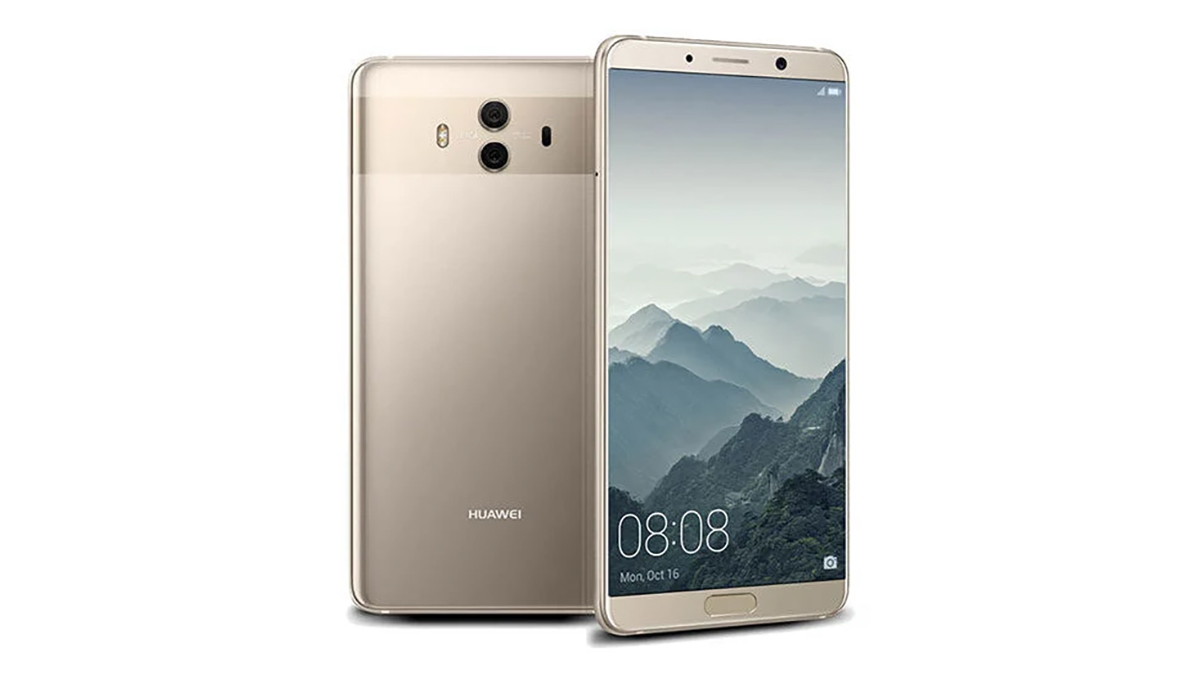
The Mate 10 had the same set of models as the Mate 9: standard, Pro, Lite, and Porsche Design. The standard Mate 10 brought with it a 12MP + 20MP rear camera, and a 5.9-inch, 1440 x 2560 pixel resolution LCD display.
Rounding out the specs we had a Kirin 970 processor powering everything, and that came with 4GB of RAM and 64GB of internal storage. Android 8.0 Oreo was the software that the phone arrived with, and Huawei's usual EMUI skin was on top.
In our review of the Huawei Mate 10, we liked just about everything – performance, camera, design, value for money... in fact, it scored an impressive 4.5 stars out of 5. Huawei was absolutely on a roll at this stage.
Huawei P20 (2018)
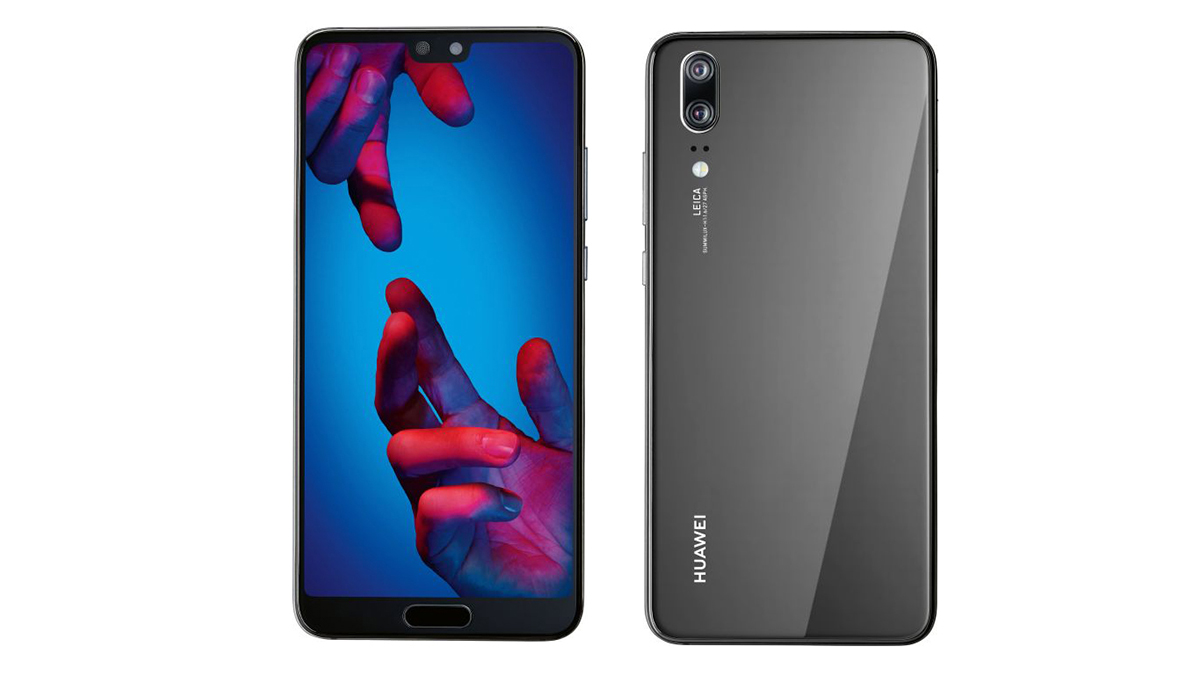
Next up in the P series was the Huawei P20, a phone which we described in our review as having "plenty of high points" – it got 4 out of 5 stars, though we preferred the Pro edition of the handset. There was also a Lite version.
This 2018 handset came sporting a 5.84-inch, 1080 x 2244 pixel LCD screen, as Huawei joined in with the trend for larger and larger phone displays. This time there was Android 8.1 Oreo on board, with the usual flourishes added by the Huawei EMUI software.
Specs-wise, the phone came with a Kirin 970 processor, 4GB of RAM, and 128GB of storage. Around the back of the phone there was a 12MP+20MP dual-lens rear camera, which was praised at the time as being one of the best around.
Huawei Mate 20 (2018)
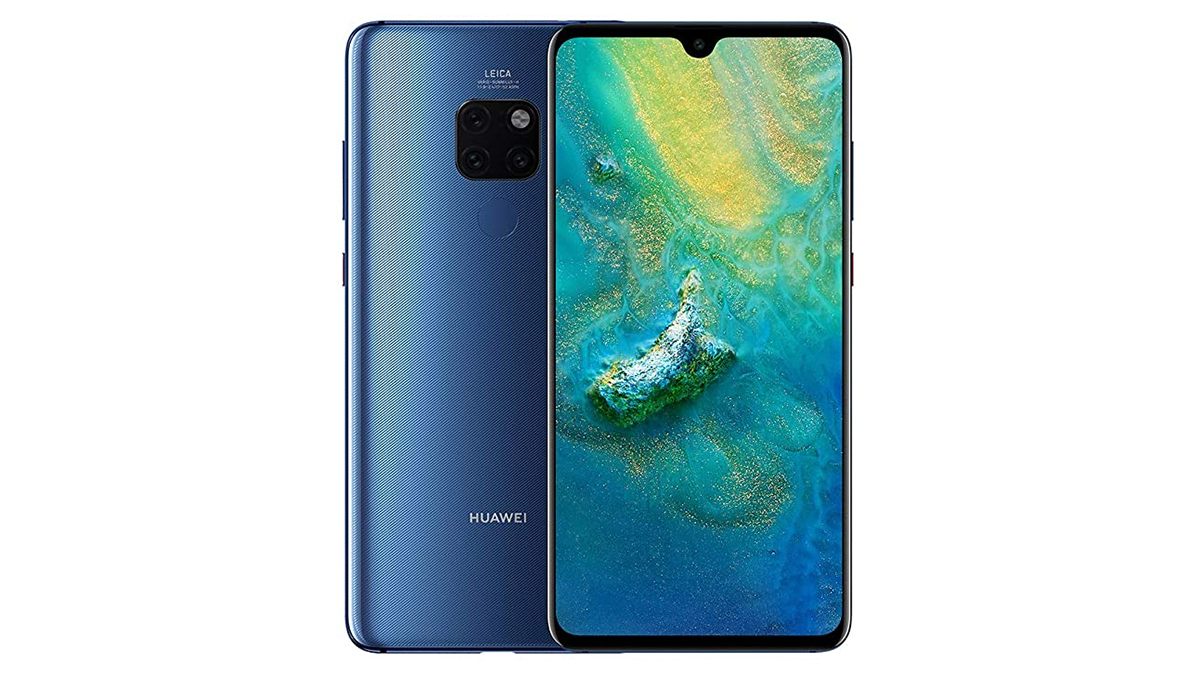
The Mate 20 succeeded the Mate 10, and had plenty of variations – another Porsche edition, a Lite edition, a Pro edition, and even an X edition with 5G (not common at all at the time). We loved the standard Huawei Mate 20, giving it 4.5 stars out of 5 in our review.
That review praised the power you got for the price – courtesy of a Kirin 980 processor, up to 6GB of RAM, and up to 256GB of internal storage. We also liked the performance from the triple lens 12MP+16MP+8MP rear camera on the Mate 20, offering 2x optical zoom amongst other goodies.
The phone also boasted a huge 6.53-inch, 1080 x 2244 pixel LCD screen, making this the biggest handset in the Mate series to date. In terms of software, the phone came with Android 9.0 Pie on board, and Huawei's EMUI software on top of that.
Huawei P30 (2019)
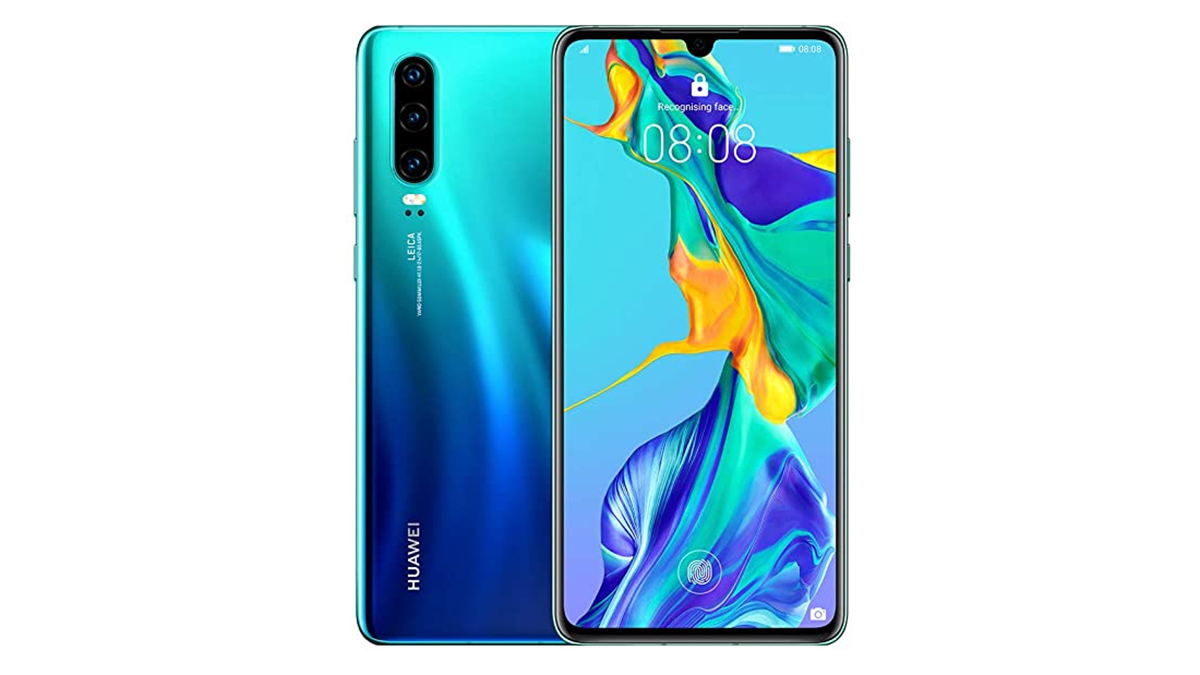
The cameras were once again the highlight when the Huawei P30 (and P30 Pro and P30 Lite) appeared: the standard P30 came with a triple-lens 40MP+16MP+8MP snapper on the back, offering 3x optical zoom and excellent low light photography.
In our review we gave the handset 4 stars out of 5, picking out the camera setup as particularly good. The aesthetics of the phone also impressed, led by a 6.1-inch, 1080 x 2340 OLED display (the first OLED display on a P series phone).
The phone was top tier in terms of its performance too: it ran the Kirin 980 processor, as well as up to 8GB of RAM and 256GB of internal storage. The handset came with Huawei's own EMUI software on top of Android 9.0 Pie.
Huawei Mate 30 (2019)
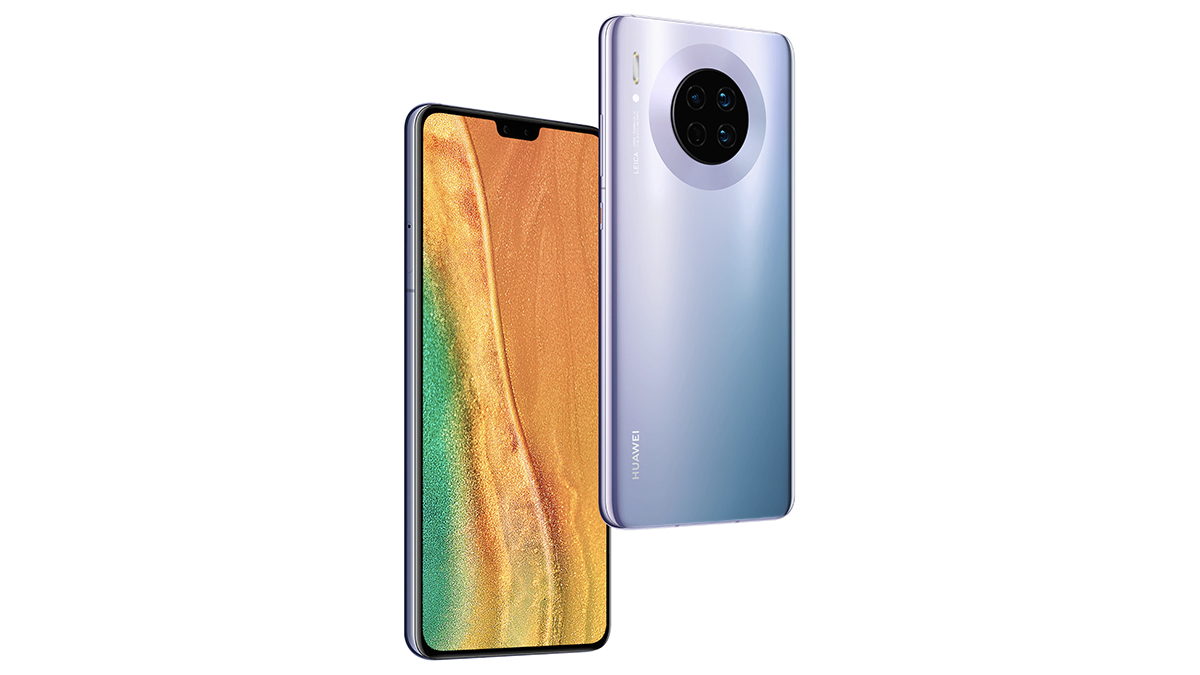
On to the Huawei Mate 30, a handset powered by the Kirin 990 processor, up to 8GB of RAM and up to 256GB of internal storage, as well as 5G options – very much a premium specification. There was also a superb triple-lens 12MP+8MP+16MP rear camera to make use of.
In our review we covered quite a few positive aspects of the phone, but there was one big negative: the US had blocked Google from doing business with Huawei by this stage, which meant no Google apps and no Google Play Store.
It's a shame because otherwise the handset really stood out, not least because of its 6.62-inch, 1080 x 2340 pixel resolution OLED display. As well as the standard Mate 30, Huawei also launched a Pro version and another Porsche edition.
Huawei Mate X (2019)
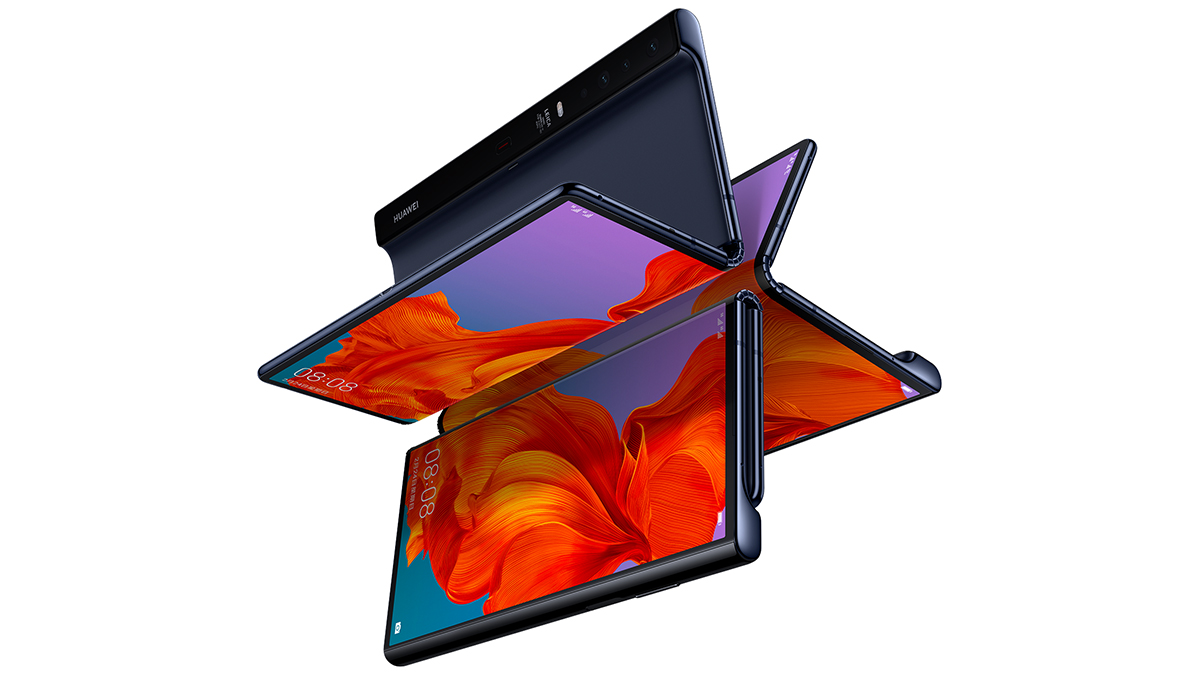
Full marks to Huawei for getting in right at the start with foldables: the Huawei Mate X had its faults, but along with the Samsung Galaxy Fold it helped to define the device category, and it was undoubtedly something very different from the norm.
The Huawei Mate X arrived with a bendable 8-inch, 2200 x 2480 pixel resolution OLED display, 5G support, a Kirin 980 processor, 8GB of RAM, 512GB of internal storage, and a quad-lens 40MP+8MP+16MP+TOF camera.
In our hands-on look at the foldable, we came away very impressed with the quality of the display on the Huawei Mate X, and how robust Huawei had managed to make the handset – though it was of course very expensive.
Huawei P40 (2020)
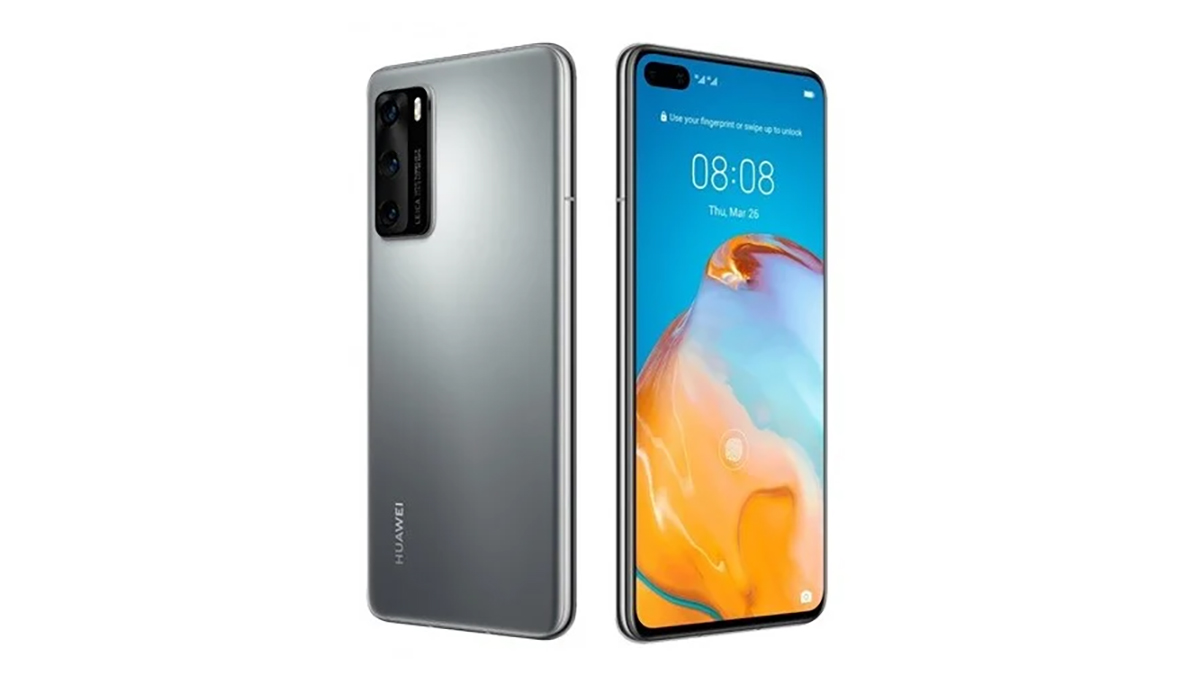
Perhaps the most notable feature of the Huawei P40 was its lack of Google Mobile Services – so no Google apps, and no Google Play Store, for reasons that have been well covered. It meant Huawei's excellent hardware was now being let down by the software.
Ignore the app situation, and this is still a great phone, one which we gave 3.5 stars out of 5 in our review. The camera and the battery life got a special mention as pushing that score up, as did the performance: the phone runs a Kirin 990, supported 5G, and was carrying up to 8GB of RAM and up to 256GB of internal storage as well.
Camera duties were taken care of by a triple-lens 50MP+16MP+8MP rear camera, while around the front of the handset there was a 6.1-inch, 1080 x 2340 pixel OLED screen. The other available variations were the Pro and the Pro Plus.
Huawei Mate 40 (2020)
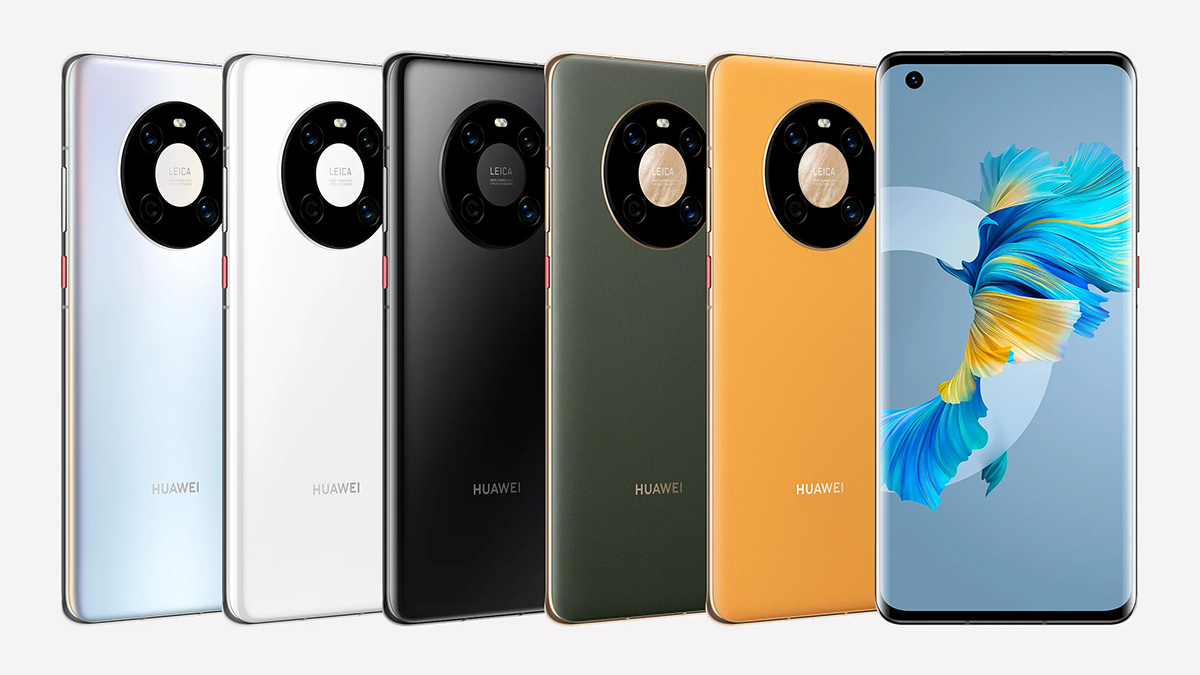
Although Huawei handsets continue to suffer from the lack of Google apps and services, the Huawei Mate 40 has a lot going for it: in our review of the Pro version we gave it 3.5 stars out of 5 and singled out the cameras, design and battery life as particularly worthy of praise.
A Pro Plus, RS and standard Mate 40 were also made available. That standard base model comes with a Kirin 9000 processor, 8GB of RAM and up to 256GB of internal storage, and it is 5G enabled too, as is now the norm.
In terms of those superb cameras, the rear camera is a triple-lens 50MP+8MP+16MP affair, while the 6.5-inch OLED screen boasts a resolution of 1080 x 2376 pixels – once again the display is leading the way with a Huawei Mate phone.
Huawei Mate Xs (2020)
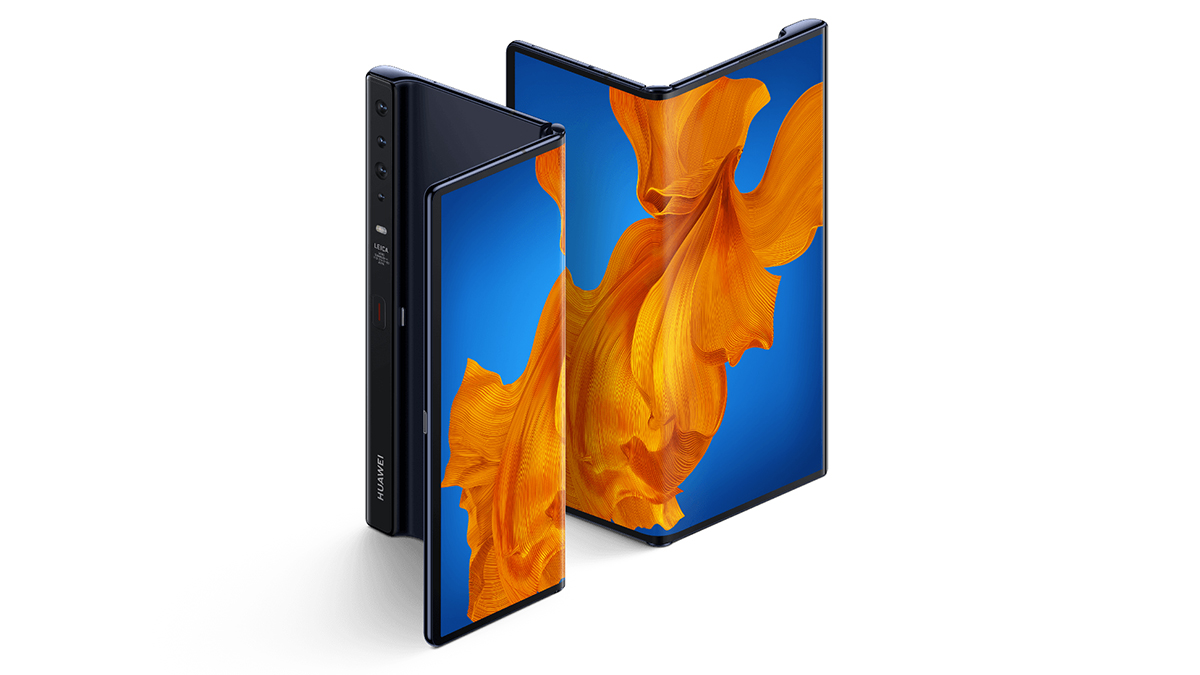
Huawei's second-gen foldable phone is definitely an improvement on the original, scoring 4 out of 5 stars in our review: we called it "the foldable phone done right" although you still have the problem of the lack of access to anything developed by Google.
The phone comes with an 8-inch, 2200 x 2480 pixel OLED display that bends in the middle, and is powered by a Kirin 990 processor and 8GB of RAM, with 512GB of internal storage space available. 5G connectivity is supported as well.
The camera on the Huawei Mate Xs is a quad-lens 40MP+8MP+16MP+TOF setup, and shows Huawei still aiming for the best possible camera quality even after all these years. The company's next foldable should be better still.
from TechRadar - All the latest technology news https://ift.tt/3drKOIY
Aucun commentaire: